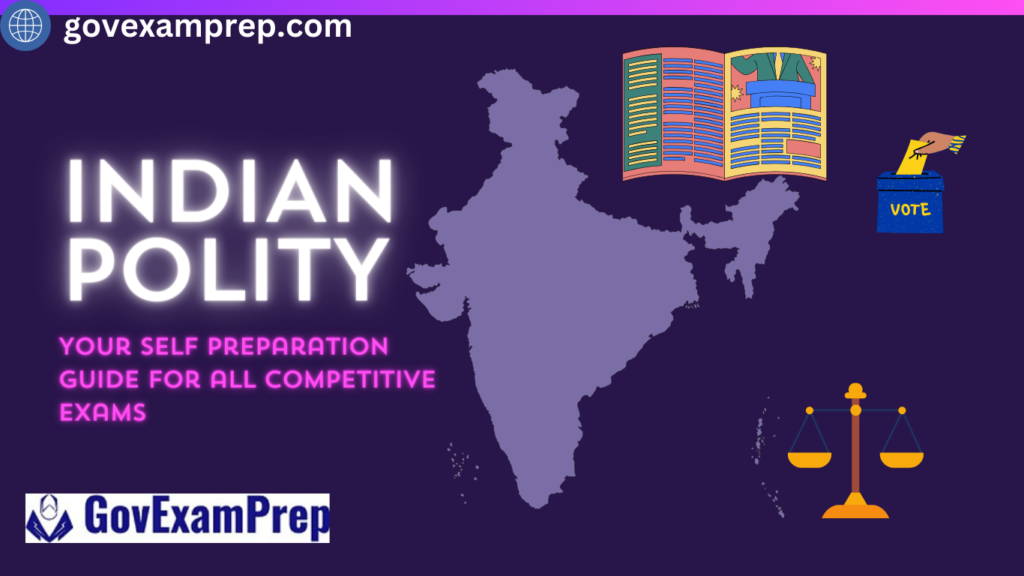Here in this post, you will get the important committees and key events which are helped in making of the Indian constitution the bullet points. After reading a standard book this post will help you to remember the major events.
Demand for a Constituent Assembly
- M.N. Roy (1934): First proposed a Constituent Assembly for India.
- Indian National Congress (INC): Formally demanded a Constituent Assembly in 1935, emphasizing that the Constitution should be framed by Indians.
- Nehru’s Emphasis (1938): Stressed the need for an elected Assembly without external interference.
- British Government Recognition:
- August Offer (1940): Acknowledged the demand for a Constituent Assembly.
- Cripps Mission (1942): Proposed a draft for a Constitution, which was rejected by the Muslim League.

Formation of the Constituent Assembly
- Constituted in November 1946: Under the Cabinet Mission Plan, comprised 389 members (296 from British India and 93 from princely states).
- Election of Members: Elections were held in July-August 1946; INC won 208 seats, while the Muslim League secured 73.
- Diverse Representation: Included various communities, although Mahatma Gandhi was not a member.
Initial Meetings and Objectives
- First Meeting (December 9, 1946): Only 211 members were present due to the Muslim League boycott.
- Leadership: Dr. Rajendra Prasad was elected as President; H.C. Mukherjee and V.T. Krishnamachari as Vice-Presidents.
- Objectives Resolution (December 13, 1946): Moved by Nehru, this foundational document outlined the vision of an independent, democratic state, emphasizing justice, liberty, equality, and fraternity.
Changes Following the Indian Independence Act (1947)
- Sovereignty of the Assembly: The Act made the Assembly a fully sovereign body, enabling it to frame laws independently of the British Parliament.
- Princely States: Representatives from princely states joined, increasing involvement despite some members leaving due to political tensions.
Major Committees of the Constituent Assembly
- Drafting Committee:
- Chairperson: Dr. B.R. Ambedkar; tasked with creating the Constitution’s draft.
- Worked on fundamental rights and the structure of government.
- Union Powers Committee:
- Chairperson: Jawaharlal Nehru; focused on the distribution of powers between the Union and States.
- Provincial Constitution Committee:
- Chairperson: Sardar Patel; dealt with the structure of provincial governance.
- Advisory Committee on Fundamental Rights:
- Chairperson: Sardar Patel; developed provisions for fundamental rights and the protection of minorities.
- Other Committees:
- Minorities Committee, Schedule Areas Committee, and Languages Committee: Addressed specific community and linguistic rights.
Key Activities and Discussions
- Debates on Fundamental Rights: Extensive discussions on civil liberties, the right to equality, freedom of speech, and religious freedom.
- Language Controversies: Debates regarding the recognition of languages and the official language of the Union.
- Social Justice: Discussions on measures to ensure representation for Scheduled Castes and Tribes, culminating in provisions for affirmative action.
Finalizing the Constitution
- Draft Submission (October 1947): The draft was made available for public scrutiny, with discussions continuing until November 1948.
- Adoption of the Constitution (November 26, 1949): The final document was adopted with 284 members signing it.
- Preamble: The Preamble emphasized India as a sovereign, socialist, secular, and democratic republic.
Enforcement of the Constitution
- Effective Date: The Constitution came into force on January 26, 1950, which was celebrated as Republic Day.
- Symbolism: The date was chosen to honor the declaration of Purna Swaraj in 1930, marking a commitment to full independence.
Important Facts
- The original Constitution was handwritten by Prem Behari Narain Raizada.
- Sir B.N. Rau served as the constitutional advisor, with H.V.R. Iyengar as Secretary.
- The Constitution initially contained 395 Articles and 8 Schedules; it has since been amended multiple times.
Criticism and Challenges
- Representation Issues: Critics pointed out that the Assembly was not fully representative, particularly as it was not directly elected through universal adult franchise.
- Dominance of the Congress Party: Concerns were raised about the INC’s lack of diverse political representation and dominance.
Get the regular updates by following us in social media.


Disclaimer: This content has been created using various online resources, books, and notes. We encourage you to verify the information with additional sources to ensure accuracy before making any decisions. GovExamPrep.com aims to provide you with a sample of the question patterns used in examinations; however, we are not responsible for any inaccuracies that may arise.

